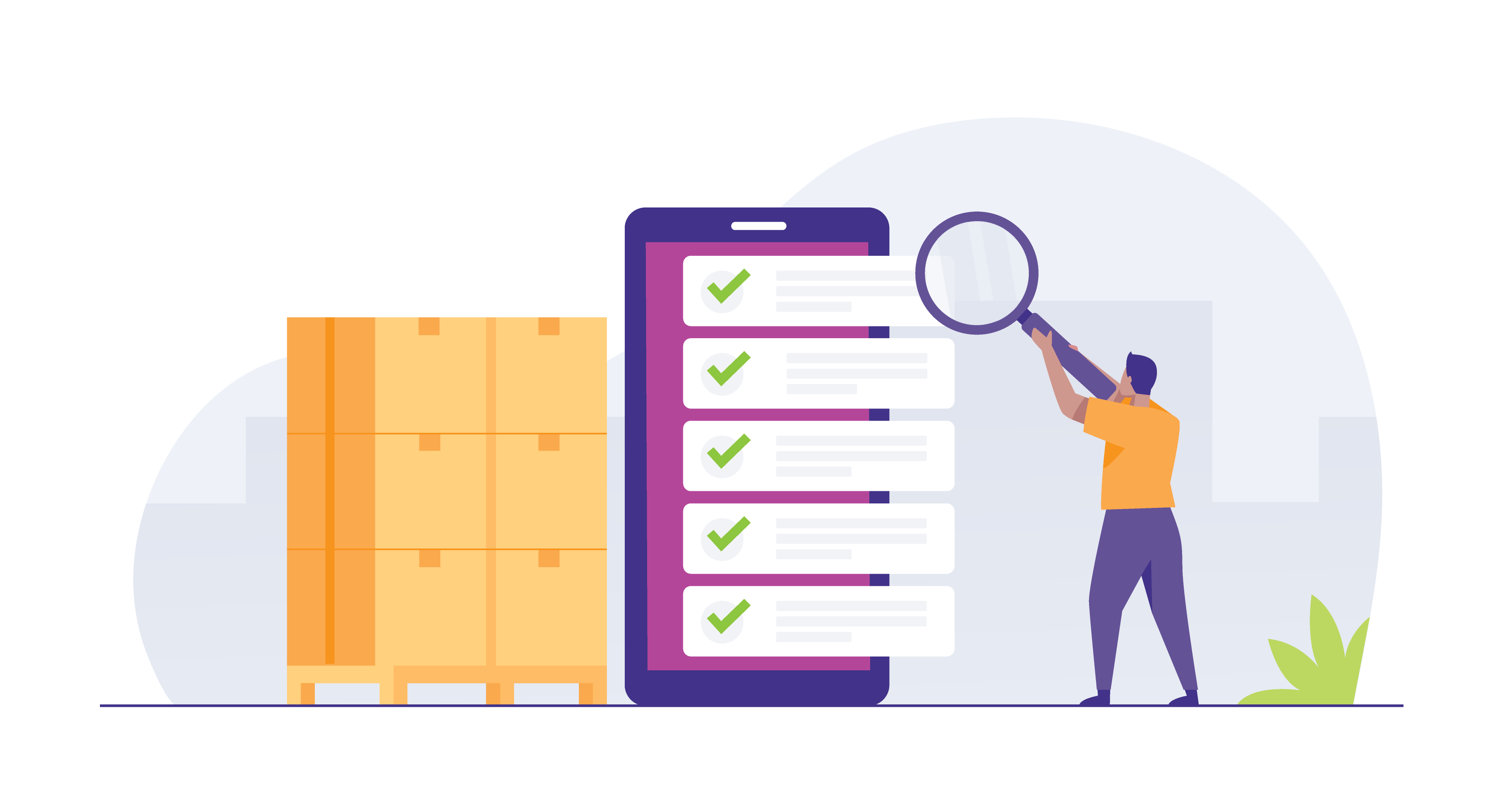Although half the year has flown by there is still time for your organization to complete a mid-year review of your processes, policies, and procedures. What’s working, what isn’t, and how can you make adjustments to keep your organization moving forward? Below are 7 ways that you can streamline operations.
1. Refresh or create a repository.
It is best practice to have one place to refer to company processes, policies, and procedures for easy reference and maintenance. It could be as simple as a spreadsheet with links to all your documents saved in SharePoint or a spreadsheet partnered with a centralized folder structure where all the source documents are saved. Depending on how big your organization is and the number of documents to organize, you may consider investing in a database solution. The key to a repository is the ability for you and the business process owners to be able to locate all your documents easily.
2. Establish an inventory.
Before you begin to de-clutter and revise, be aware of what processes are already in place and how they map to the business. Whether the inventory you manage is company-wide and requires each function to participate or if your inventory is a subset of a larger effort, establishing a baseline gives you a starting point for your evaluation process.
3. Update your process documents.
As you review, make note of revision dates, process owner names, and any clues in the document that the information is outdated. Does the content even apply to your current business environment? (i.e., procedures for sending faxes, products you no longer offer or support, etc.).
4. Determine the need to delete, combine, revise, or create new documents.
Once all your documents are sorted, inventoried, assessed revision dates, and identified owners, here is your first decision point. Is getting organized sufficient or are there opportunities to delete, combine, revise, or create new documents? Sometimes just getting organized is sufficient to start a using a regular review cycle to assess revision requirements.
5. Get stakeholders aligned and committed to a deeper dive if needed.
If you believe a focused effort with multiple stakeholders (i.e., departments, leaders, subject matter experts, business functions, etc.) is required, it’s time to gather targeted groups together to do a needs and benefits analysis. Time is money and timing the initiative may deciding factors so you will need to obtain agreement and sponsorship if a broader initiative is required.
6. Establish a maintenance and review cycle.
Regular reviews of your inventory can help reduce the potential of a “revision date pile up” where large numbers of documents all need attention at the same (and often inconvenient) time. With a little planning, teams and leaders can check their inventory monthly or quarterly to manage update cycles more efficiently.
7. Leverage technology and automate.
Where you can afford the investment to automate routine activities and transactions (think Applicant Tracking Systems, Learning Management Systems, using databases to organize information, etc.), do so! Think about ways to be more efficient, reduce costs, and ensure your team members are doing “work only a human should do.”
Whether you need to establish first steps or your business has already begun to do the leg work, take a deep breath and get started before the end of the year! Need help determining first steps or going through the process? Schedule a consultation with Evolve! We design, develop, and implement solutions that are tailored for your needs.

